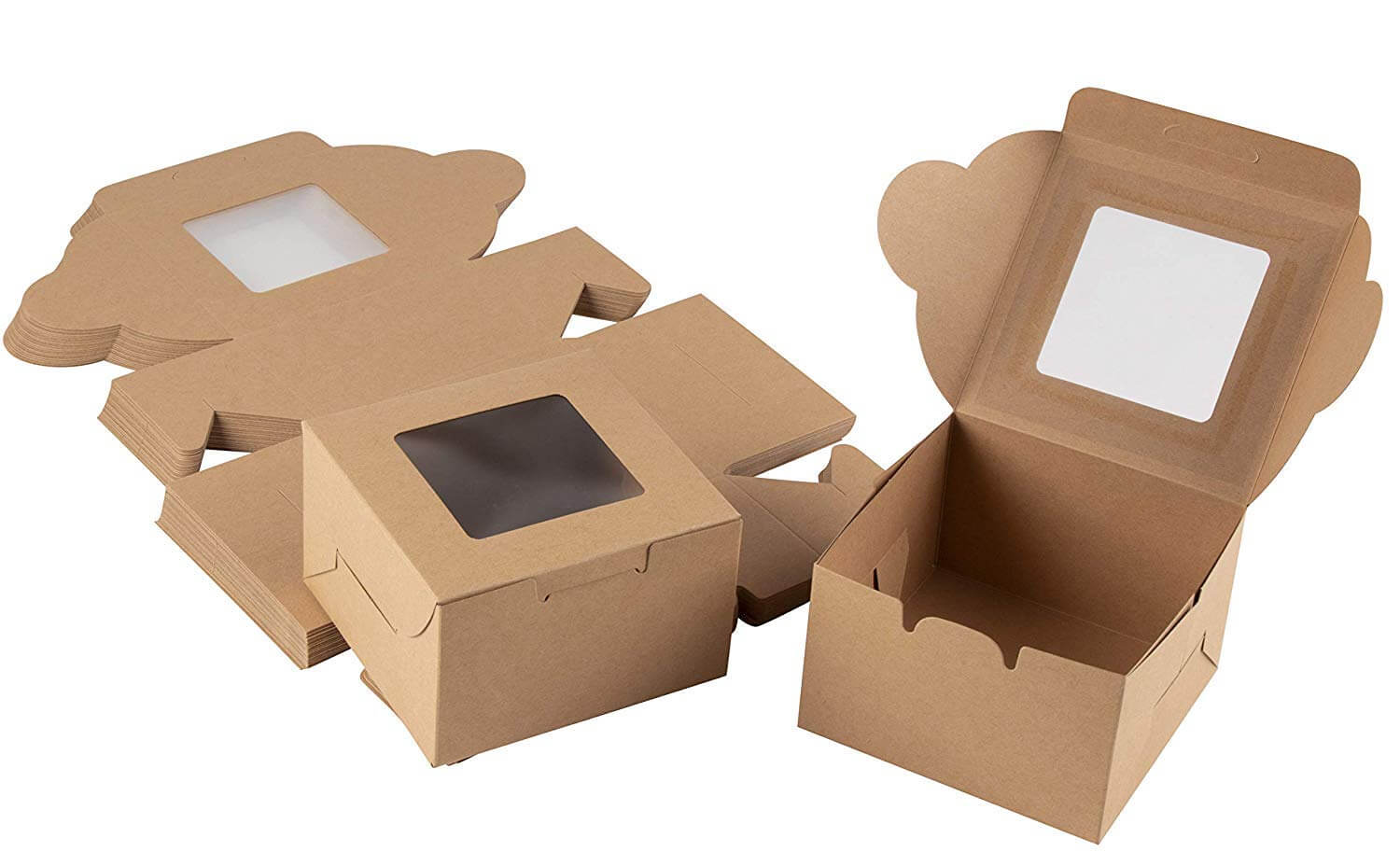The term IoT (Internet of Things) is getting quite an attention in the United States recently. You might have wondered what this ubiquitous industry buzzword means. IoT is known as the interconnectedness of everyday objects and machinery. It enables the inanimate items to communicate and exchange data through the internet and computerization (sensors and microchips).
Experts at the Packaging Republic believe that if the IoT has changed manufacturing, it can surely do wonders in packaging.
How has IoT improved Manufacturing?
Sharing real-time data through the interconnectedness of materials and machinery has drastically affected the production efficiency. Imagine a fully automated warehouse, where every time equipment exchanges real-time data and creates a streamlined operation! IoT is applicable in two ways. As far as manufacturing is concerned, it can help the machinery to exchange information and improve efficiency. It can also advance packaging by making it interactive and technology-driven. By doing so, it can facilitate consumer engagement with products.
Maximizing Success through Consumer Engagement
Smart packaging is one of the wonders of IoT. The interconnectedness is embedded directly on the packaging, thus allowing it to share information. Smart packaging will enable consumers to engage with it to share and exchange data. For example, smart custom apparel boxes with logo may help the consumers by giving access to data such as matching options, accessories, and hairstyling ideas that can go with the apparel.
There are several ways through which IoT and packaging can work together. Some of these include virtual reality, augmented reality, and embedded QR codes. The key to success is both adding values for the consumers. It can be done by maximizing data collection to optimize operations and boost sales and efficiency. There are some ways to utilize smart packaging. Some of them are as follows:
Authentication- Microchips can be embedded in the custom apparel boxes with logo. The product’s authenticity can be verified through scanners. Many high-end fashion brands like Louis Vuitton, Levi’s, Channel, and MK are implementing smart apparel packaging boxes to combat counterfeiting issues, ensure consumer protection, and protect their reputation.
Tampering Sensors– Through tampering sensors, the consumers can scan the bottles with Thin film to determine if the product has been tampered with.
Temperature Sensors – Some products are perishable and sensitive to environmental changes. The NFC stickers with temperature sensors help in tracking these changes. The consumers can determine if an item has been kept at its optimal temperature.
Reorder Triggers – Smart packaging can allow retailers to reorder products as soon as the stock runs low automatically.
Digital Labels – A digital e-label on custom printed apparel boxes can allow the consumers to access all information about the apparel instantly. Through a QR code on custom printed apparel boxes, consumers can pull up videos, images, or other relevant details such as matching accessories suggestions or hairstyling and makeup ideas that go with the apparel.
Future of IoT and Packaging
Retailers appear to be most eager to embrace IoT. According to a study, almost 70% of retail decision-makers said they were ready to adopt IoT for apparel packaging boxes. 65% said that they are planning to invest in smart packaging and planogram compliance by 2021.
Consumers are increasingly willing to trade data to achieve a more personalized retail experience. This will provide companies with more opportunities to increase loyalty and sales. YouGov’s survey revealed that almost half (43%) of consumers agreed to share personal data with brands to save money through personalized promotions and deals.
Read more at Ureadit.com


